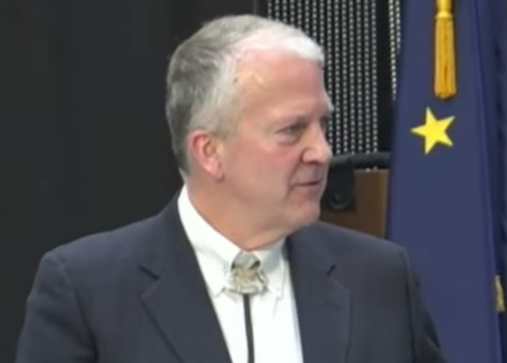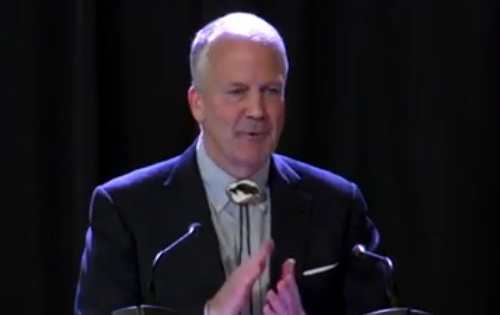Do bears really hibernate?
It is a common misconception that bears hibernate during the winter. While bears tend to slow down during the winter, they are not true hibernators. Black bears, Grizzly bears and Brown bears do go into a deep sleep during the winter months, known as torpor. At times, they will wake up and move around their dens.
When do the bears slow down for winter?
The bears at Katmai National Park and Preserve will retreat to their dens(link is external) to bed down for the winter in October or November. Bears south of Alaska usually enter their dens later and emerge sooner, but it all depends on winter conditions. They’ll stay there for until the late spring when they’ll emerge thin and hungry.
How can I see the bears?
The easiest way to watch the bears is to tune in to the bear cams at Explore.org. From the comfort of your home or office, you can watch these fascinating animals as they go from thin to thick. People often pick favorites and cheer them on as they splash through the river and snatch leaping salmon from the air. The best times to watch the bears at Brooks Falls are from July to September, though some bears remain in the area through October. Katmai National Park and Preserve also updates their social media pages with excellent photos and wonderful information during the season.
If you really want to witness these impressive bears in person, it’s going to take some planning. Unlike most national parks in the United States, Katmai is almost exclusively accessed by plane or boat. For bear viewing, Brooks Camp is the most popular destination in the park where the National Park Service operates a visitor center, ranger station, campground and auditorium with daily ranger-led programs from June 1 to September 17. All visitors to Brooks Camp are required to begin their stay by attending a brief bear safety talk outlining the park’s rules and regulations. Trails lead visitors to viewing platforms, where bear fans can watch the feast unfold.
What was social media’s role in the rise of #FatBearWeek?
Social media played a pivotal role in the rise of #FatBearWeek. Katmai National Park and Preserve is remote, making it difficult for the average American to gain access. The role of social media in the Fat Bear Week campaign was to provide that access for those sitting at home. The use of the Explore.org live cams paired with comparison photos of the bears being featured encouraged virtual visitors to participate. Social media extended the invitation to the fat bear party.
Social media also provided a platform to share about the larger issues facing the park and ultimately the peninsula’s bears. At face value #FatBearWeek is a light, comical look at wildlife; but underneath that veil is a hearty dose of reality. Without access to clean water and healthy ecosystems unaffected by climate change or human influence, the fat bears we celebrated this year will be at risk. Just like the bears, we saw reports on from British Columbia, bears along the Alaskan Peninsula experienced the effects of warming water and struggling salmon. In the northern regions of Katmai National Park, commonly observed salmon streams dried up, sometimes with salmon still trying to swim upstream.
Bears are wonderful and interesting animals that command our attention and deserve our respect. Fat Bear Week is a celebration and a chance to learn more about our ursine friends. We hope you’re looking forward to the next Fat Bear Week as much as we are.
See “Fat Bears” pics on DOI article page!
[content id=”79272″]
Pages: 1 2








